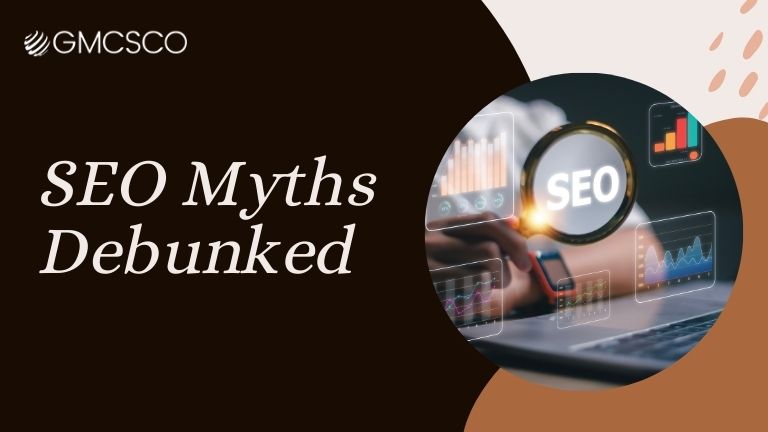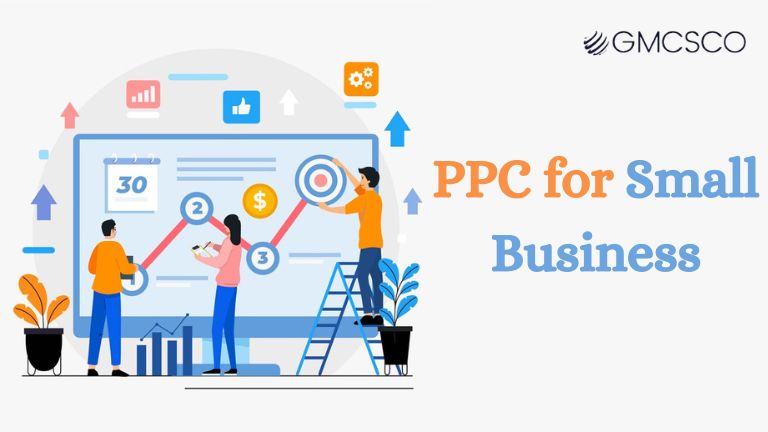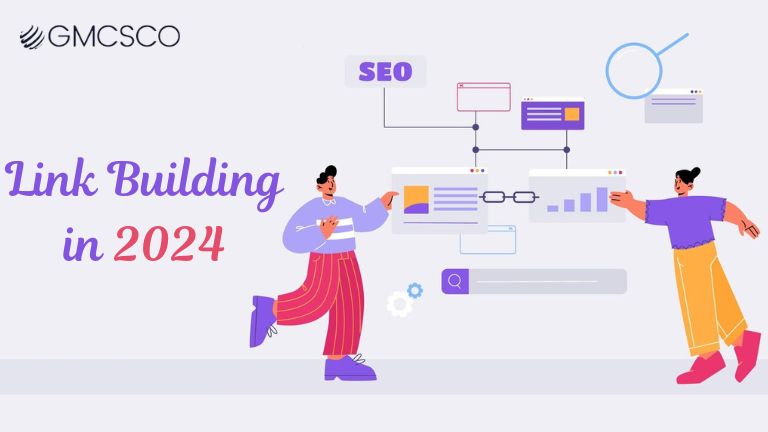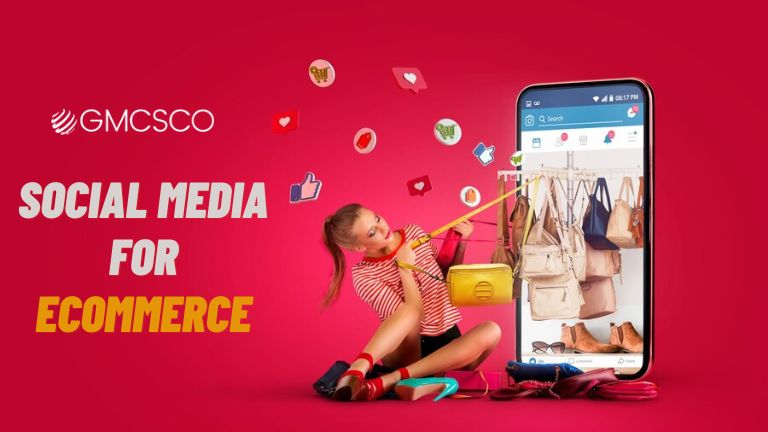Digital Marketing on a Budget: Effective Strategies for Startups and Small Businesses
Being a small business owner or a startup founder is like being an intrepid explorer, venturing into the vast and sometimes daunting digital jungle. You have big dreams, a stellar product or service, but a limited budget – and that’s where the real hustle begins. Fear not, brave adventurer! For even with a knapsack full of limited resources, you can still navigate the digital landscape and attract a loyal following. Here are some effective and budget-friendly marketing strategies to help you thrive in 2024: Content is King, Queen, and Jester: Embrace the Blogosphere: Share your expertise, build brand authority, and connect with potential customers through organic content marketing. Craft engaging blog posts, infographics, and even short videos that showcase your value proposition. The best part? Content marketing has a long-lasting impact, keeping you relevant even after the initial publishing date. Social Media Savvy: Master the art of social media storytelling. Choose the platforms where your target audience thrives and post consistently, utilizing eye-catching visuals, interactive content, and relevant hashtags. Don’t forget the power of community building – respond to comments, participate in discussions, and show your human side. Email is Powerful: Don’t underestimate the magic of email marketing. Build an email list through website opt-ins and social media promotions, and nurture leads with valuable content, exclusive offers, and personalized messages. Email automation tools can be your budget-friendly best friend, helping you manage campaigns and track results. Also Read About Social Media for Ecommerce in 2024 SEO: Your Organic Ally: Search Engine Optimization might seem like a complex beast, but even small steps can make a big difference. Research relevant keywords, optimize your website content and Meta descriptions, and build backlinks from reputable websites. Remember, SEO is a long-term game, but investing time and effort can bring sustained organic traffic to your doorstep. Also Read About Keyword Research Tools Collaboration is Key: Partner with other businesses or influencers in your niche. Cross-promote each other’s content, co-host webinars or online events, and leverage each other’s audiences. Collaboration can expand your reach and credibility without breaking the bank. Utilize Free Tools and Platforms: The digital world is brimming with free resources waiting to be explored. Take advantage of social media scheduling tools, free image editors, and content creation platforms like Canva. You can even explore free analytics tools to track your campaigns and measure your progress. Think Mobile-First: In today’s world, a mobile-friendly website is not an option, it’s a necessity. Ensure your website and online presence are optimized for mobile devices, offering a seamless user experience for on-the-go customers. Track, Analyze, and Adapt: Don’t just throw spaghetti at the wall and hope it sticks. Regularly track your marketing efforts using free analytics tools and adapt your strategies based on what’s working and what’s not. Be data-driven, experiment, and refine your approach for maximum impact. Above all, be patient and persistent: Building a successful online presence takes time and dedication. Don’t get discouraged by overnight success stories; focus on consistently providing value, building relationships, and showcasing your unique brand. Remember, even small, well-executed steps can take you far in the digital jungle. So, strap on your digital backpack, leverage these budget-friendly strategies, and embark on your marketing adventure with confidence. The vast online landscape awaits, and with the right approach, you can carve your own unique path to success! Also Read About Best AI SEO Tools in 2024
Digital Marketing on a Budget: Effective Strategies for Startups and Small Businesses Read More »






